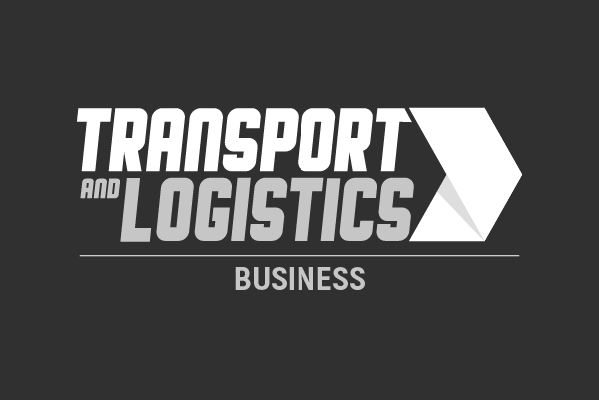Bridgestone, the world’s largest tyre and rubber manufacturer, is collaborating with Microsoft to develop a world-first monitoring system for detecting tyre damage issues in real-time. These issues are a serious matter, contributing to some 30% of all car accidents caused by technical failure.
The final piece in tracking tyre issues
Tyre issues take four main forms: inadequate pressure, fatigue, irregular wear, and lastly, damage from curbs, potholes, or items on the road.
Fortunately, most of these issues can already be reliably mitigated against. TPMS (tyre pressure monitoring systems) have been mandatory in all cars built since 2012, and help motorists avoid low-pressure problems. Regular service and replacing tyres in time will guard against wear and fatigue.
The exception, and safety gap, has been tyre damage – which often cannot be detected without close, manual inspection, and which can potentially occur at any time. Damaged tyres can lead to accidents. They can also adversely affect other vehicle components, such as causing damage to the wheels, and thus create a further source of potential danger to motorists.
Now that gap can be closed. Bridgestone’s Tyre Damage Monitoring System delivers real-time awareness of damage. It uses MCVP’s cloud framework together with existing sensor data, from hardware that is already installed, and uses algorithms to detect events affecting the tyre surface and carcass. The driver can then be immediately notified of the hazard and act accordingly to remedy the situation. There is currently no other equivalent monitoring system available in the market. Alternatives would require extra hardware to be installed.
Moving forward
This tyre damage monitoring system has other valuable applications. The system not only understands when damage has occurred, but also where. It thus allows broader insight into road conditions and infrastructure, which can be used to alert the agencies responsible for road damage issues to the presence and location of potholes and other hazards. Future autonomous vehicles could also be beneficiaries of the system – as vehicles pass information about local hazards to others in the vicinity, as well as cloud data stores.
Currently, Bridgestone’s new Tyre Damage Monitoring System is available to all vehicle fleets and OEM’s that use MCVP. The partnership with Microsoft also enables Bridgestone to further develop its solution to meet the requirements of fleets and key OEM partners around the world.
A digital partnership for the future of mobility
MCVP provides one consistent, cloud-connected, horizontal platform across digital scenarios on top of which customer-facing solutions can be built, including in-vehicle infotainment, advanced navigation, autonomous driving, telematics and prediction services, as well as over-the-air updates (OTA). It includes the enterprise-grade global availability and scale that comes with Microsoft Azure.
MCVP will provide Bridgestone with a digital infrastructure that will accelerate its delivery of connected mobility solutions, providing access to a multitude of Microsoft Azure cloud, AI, and IoT capabilities.
In turn, working with Bridgestone helps Microsoft grow its ecosystem of supporting partners, and enables MCVP’s customers to integrate these partner solutions into their own offerings.














